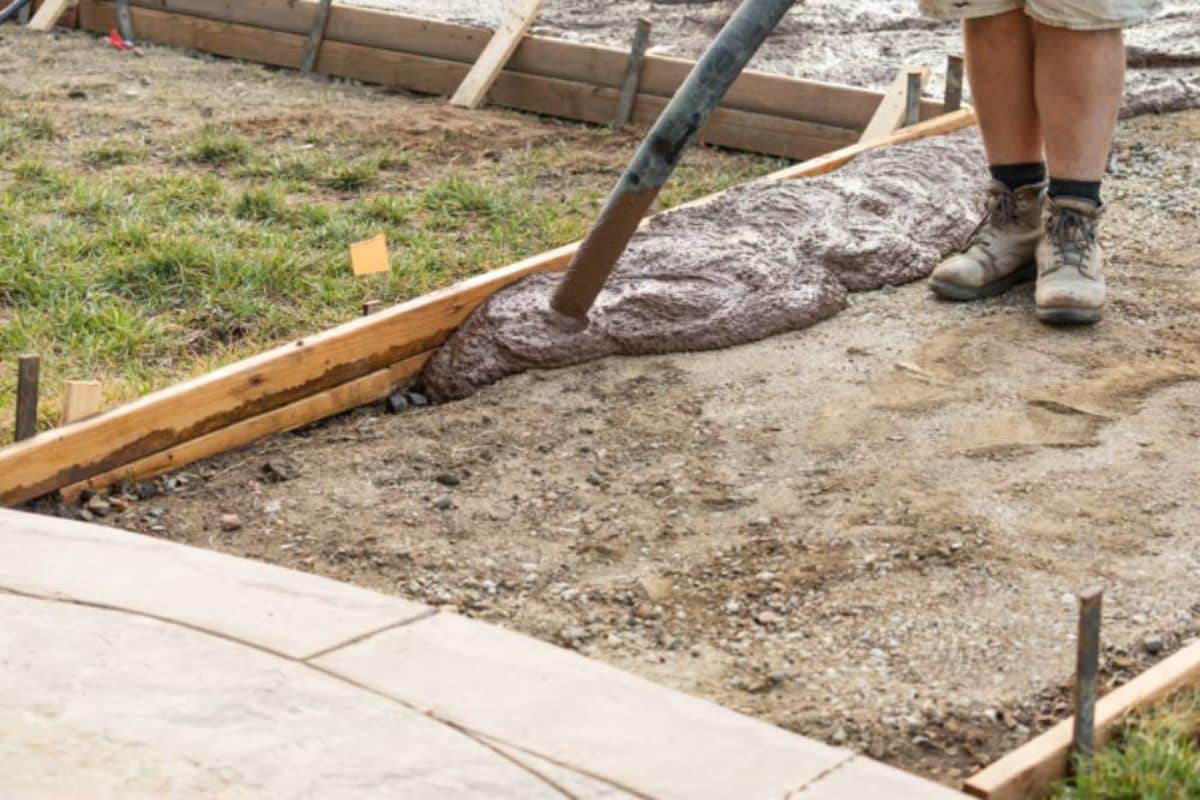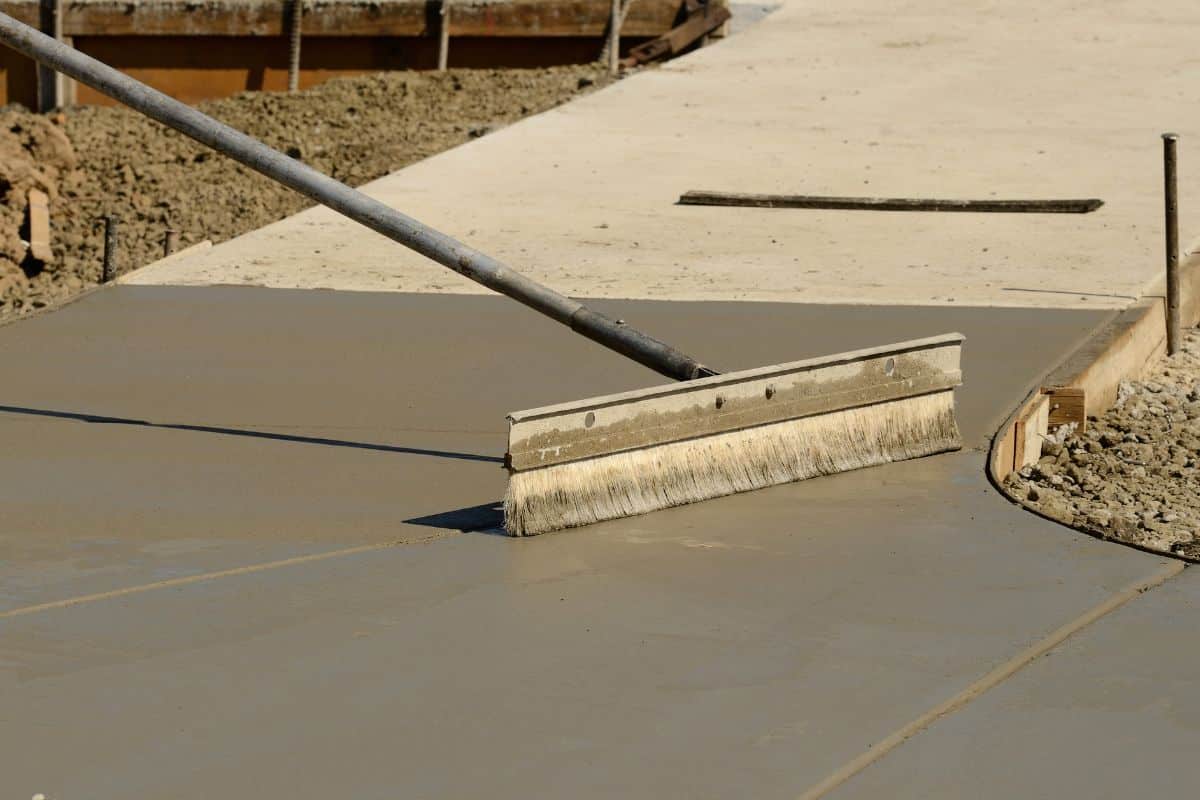Concrete resurfacing is a popular technique employed to rejuvenate existing concrete surfaces, offering a cost-effective alternative to complete replacement. While this method has gained recognition for its ability to enhance aesthetics and extend concrete life, it’s essential to consider both the advantages and limitations before undertaking such a project. In this comprehensive exploration, we delve into the pros and cons of concrete resurfacing, providing a detailed analysis to guide homeowners and property owners in making informed decisions.
Pros of Concrete Resurfacing:
Cost-Effective Renewal
Concrete resurfacing stands out as a cost-effective solution for those looking to refresh the appearance of their concrete surfaces without the financial burden of a full replacement. This method allows homeowners to achieve a new, appealing look at a fraction of the cost of tearing out and pouring new concrete.
Aesthetic Enhancement
One of the primary advantages of concrete resurfacing is its ability to enhance the aesthetic appeal of concrete surfaces. The process offers various design options, including colors, textures, and patterns. This versatility empowers property owners to tailor the appearance of their concrete to align with their preferred style and complement the overall design of their homes.
Improved Durability
Beyond its cosmetic benefits, concrete resurfacing can contribute to the overall durability and strength of the existing concrete. The thin layer applied during resurfacing can cover minor cracks and imperfections, resulting in a smoother and more resilient surface. This not only improves the appearance but also extends the life of the concrete.
Quick Installation
Compared to the time-consuming process of tearing out and replacing concrete, resurfacing is a relatively quick method. Depending on the size and complexity of the project, homeowners can enjoy a refreshed concrete surface within a matter of days. This quick turnaround minimizes disruption to daily routines.
Versatility
Concrete resurfacing is a versatile solution suitable for various applications. This method can be applied to a wide range of surfaces, whether it’s driveways, patios, pool decks, or interior floors. This adaptability makes it a practical and efficient option for enhancing different areas of residential or commercial properties.
Environmentally Friendly
Surfacing existing concrete rather than replacing it entirely is a more environmentally friendly option. It reduces the amount of waste generated from removing old concrete and producing new materials. This aligns with a sustainable approach, making concrete resurfacing an eco-conscious choice for those seeking to minimize their environmental impact.
Cons of Concrete Resurfacing:
Surface Preparation is Key
The success of concrete resurfacing heavily relies on proper surface preparation. If the existing concrete is severely damaged, uneven, or has deep cracks, resurfacing might not be the most effective solution. Investing in comprehensive repairs or considering complete replacement may be more appropriate in such cases.
Limited Repair for Structural Issues
While concrete resurfacing can address cosmetic issues and minor imperfections, it does not solve significant structural problems. A more comprehensive repair or replacement may be necessary if the underlying concrete has serious damage, such as extensive cracking or instability. Resurfacing should not be considered a cure for underlying structural issues.
Not Suitable for All Surfaces
Certain surfaces may not be suitable for resurfacing. Resurfacing may not provide a long-lasting solution if the existing concrete is consistently shifting or settling. The success of the resurfacing process depends on the stability of the underlying structure. It’s essential to assess the condition of the existing concrete before deciding on resurfacing.
Temporary Fixes for Deep Cracks
While resurfacing can cover small cracks effectively, it may not be a permanent solution for deep or recurring cracks. Over time, cracks may reappear on the surface, especially if they are associated with ongoing structural issues. Homeowners should manage expectations regarding the longevity of resurfacing to address certain types of cracks.
Dependency on Weather Conditions
The application of concrete resurfacing materials is often weather-dependent. Extreme temperatures, rain, or high humidity levels can affect the curing process and the final result. It’s crucial to plan the project during favorable weather conditions to ensure optimal adherence and durability of the resurfacing layer.
Limited Thickness
Concrete resurfacing involves applying a thin layer of new concrete. While this is sufficient for cosmetic improvements and covering minor imperfections, it may not be suitable for situations where a thicker layer of concrete is required. Resurfacing may not provide the same structural benefits as a complete replacement for surfaces that demand increased thickness.
Potential for Bonding Issues
Achieving a strong bond between the new resurfacing layer and the existing concrete is crucial for the project’s success. If the surface preparation is inadequate or the existing concrete is contaminated with substances that hinder bonding, there is a risk of delamination or peeling over time.
There is no one-size-fits-all answer in the debate between waterproof decking and traditional wood decks. The choice ultimately depends on your priorities, budget, and location. Standard wood decks offer a timeless aesthetic and can be environmentally friendly when sourced sustainably but require more maintenance. On the other hand, waterproof decking materials provide durability, low maintenance, and resistance to the elements but may lack the natural beauty of wood.
Consider your preferences, maintenance capabilities, and environmental concerns when deciding. Whichever option you choose, a well-designed and adequately constructed deck can enhance your outdoor living space and provide years of enjoyment.
For those seeking professional assistance to resurface the concrete on your property, look no further than Prestige Decking. With a wealth of experience in decking services such as pool deck resurfacing, concrete resurfacing, and balcony waterproofing and a commitment to excellence, Prestige Deck Coating specializes in crafting outdoor spaces that marry aesthetics, functionality, and durability.
Contact Prestige Deck Coating for a quote today.


